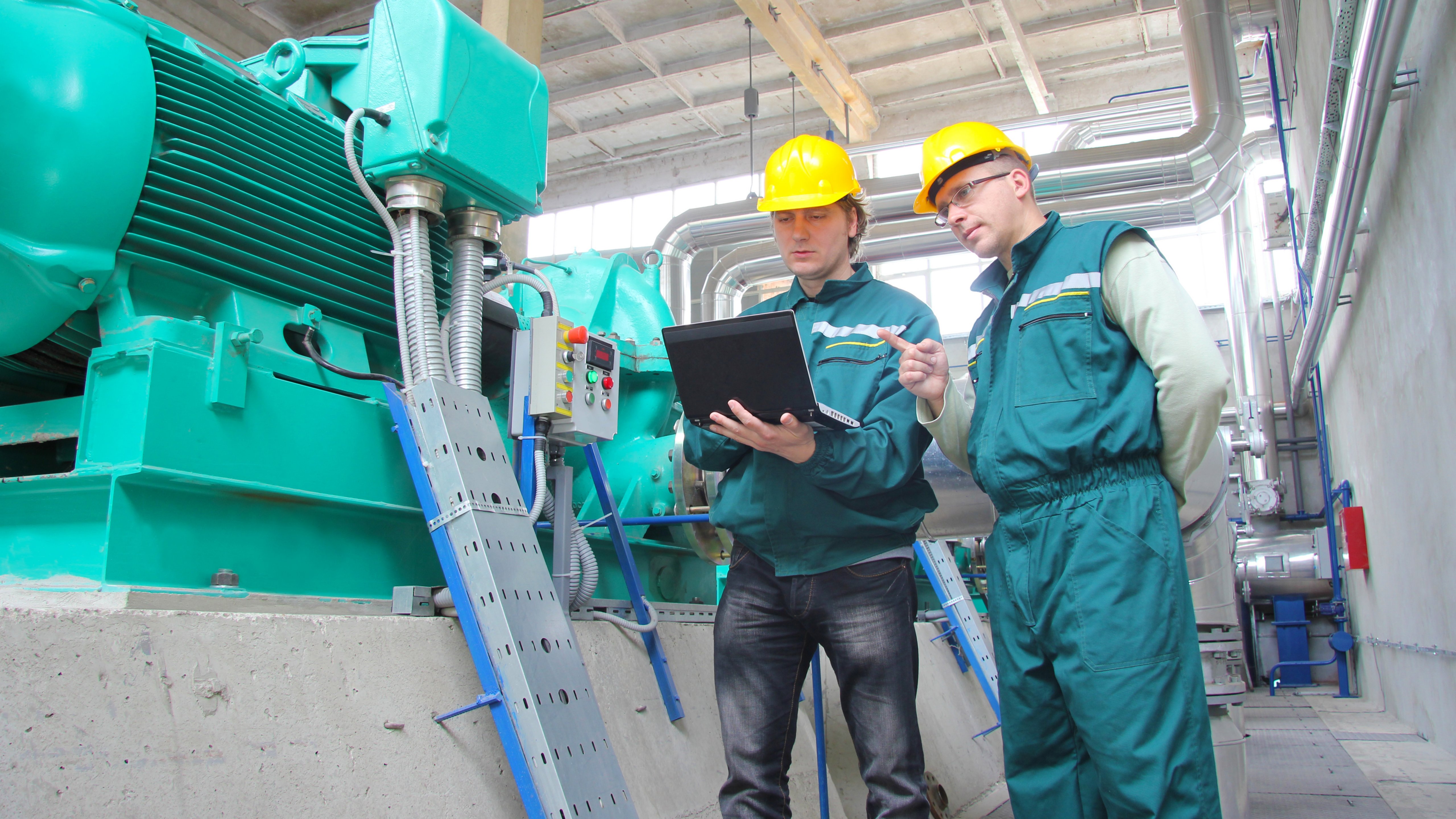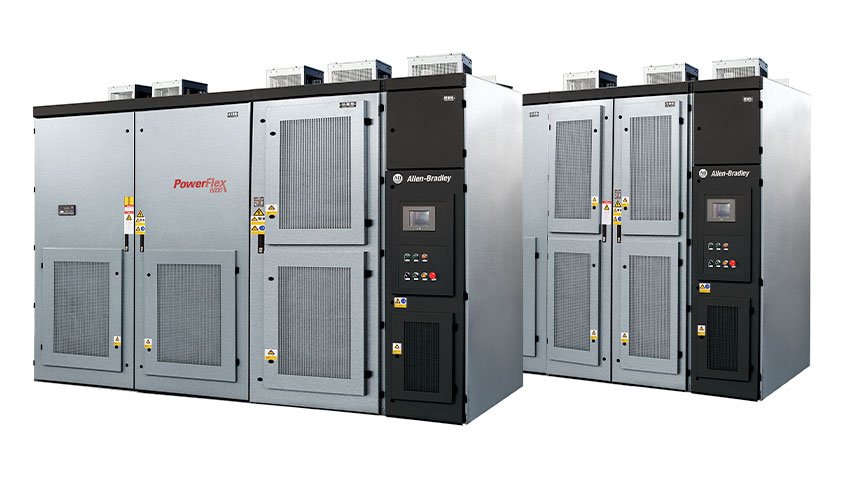Operating One Motor
In this application, the VFD operates the motor continuously with variable speed control and can transfer the motor to the bypass source when necessary.
This application can increase overall system efficiency to achieve energy savings. And it can deliver more savings by removing, or not requiring, the use or maintenance of certain apparatuses.
In fan applications, for example, dampers can be removed or left open, because they’re no longer required to obtain variable airflow. And in pumps, valves can be left open, because they’re no longer required to provide flow control.
Operating Multiple Motors
Here, one VFD can start and synchronize multiple motors. This can reduce your full load current and your energy consumption and optimize your process.
The number of motors that can be operated is limited by external factors, like bus capacity and cabling limitations. But in some instances, the synchronous transfer application has been successfully applied to up to a 10-motor system.
There are two possible options in a multi-motor application. First, all motors can be of equal rating. Second, a range of motor horsepower can exist. In this second scenario, the drive system must be sized for the largest motor’s horsepower but also be able to control the smallest motor.
Soft-Start Application
This application is used to start motors, accelerate to full speed and transfer to the bypass source.
The drive is not intended for continuous application. Therefore, the ampacity rating of the drive can be reduced to match the starting requirement for the load. The drive is not rated for the motor horsepower rating, only the starting horsepower requirement.
Ready, Set, Save
To learn more about how VFDs with synchronous bypass and transfer capabilities can keep dollars in your budget and optimize your motor control, visit our website.
This post was co-authored by Gary Bankay.



